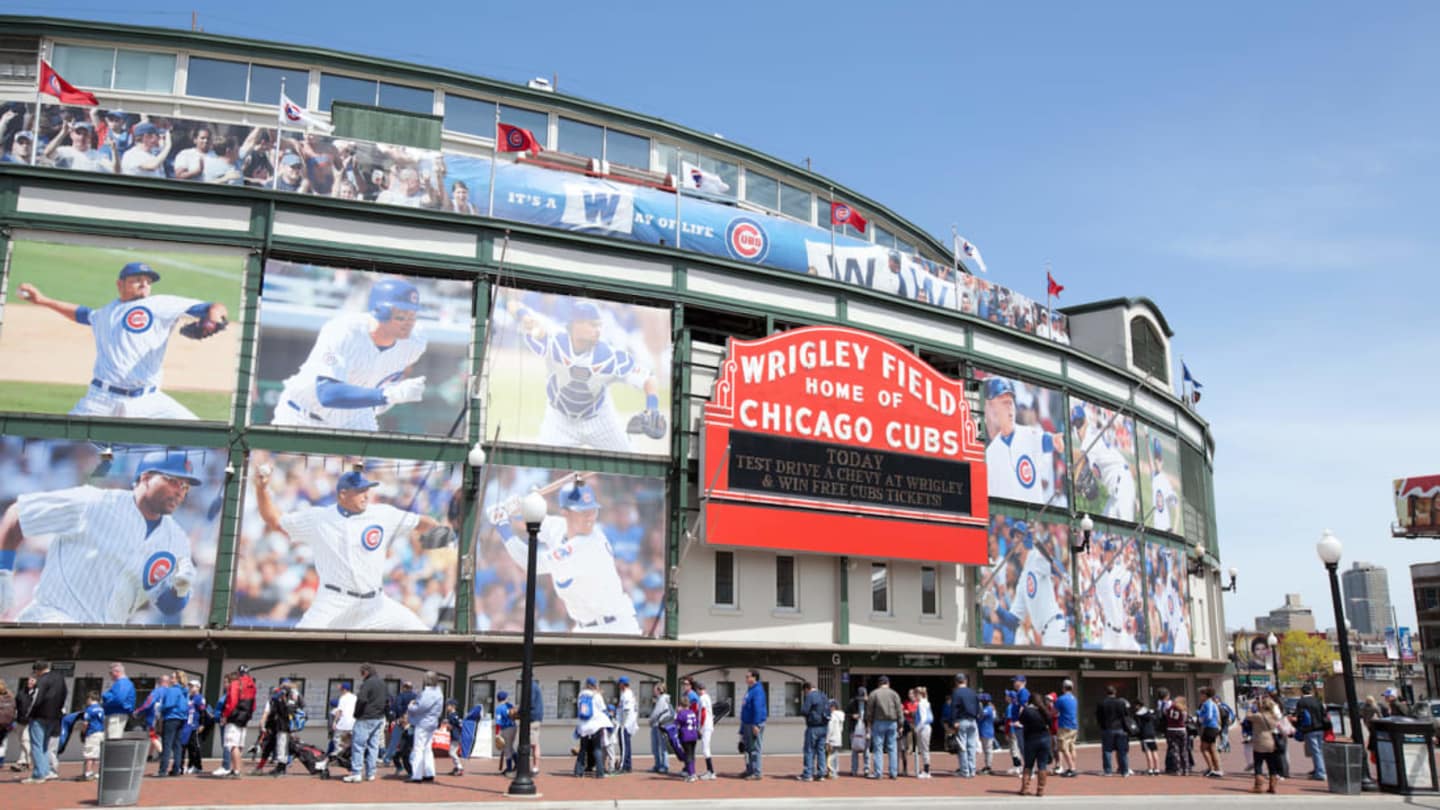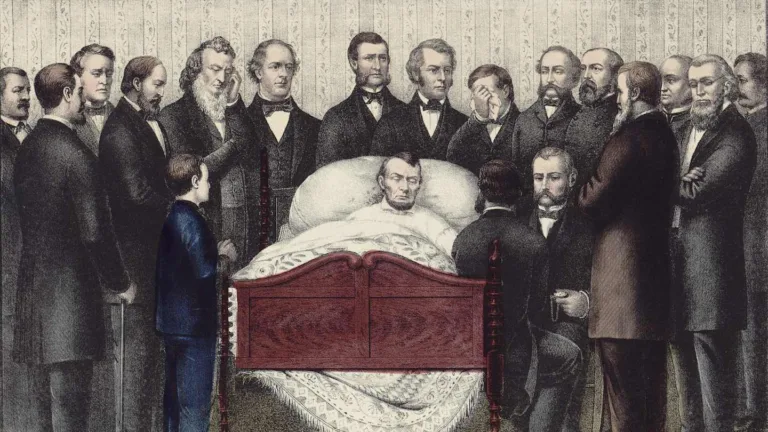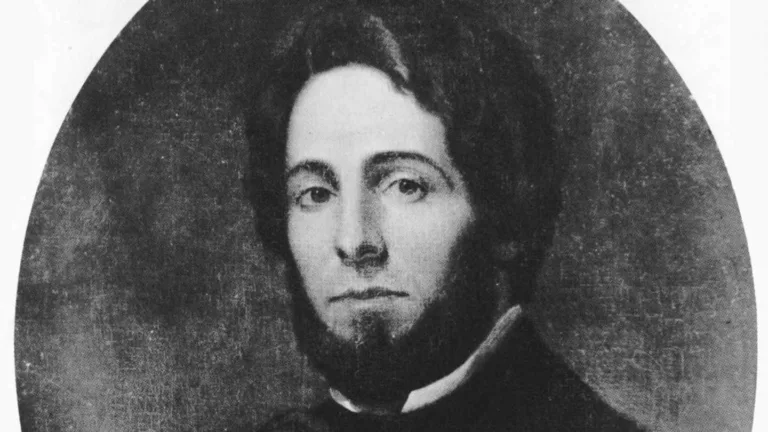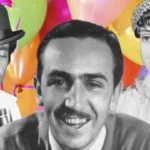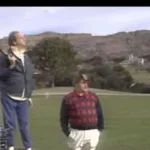Nestled in the heart of Chicago, Wrigley Field stands as a beacon of baseball history and tradition. It’s more than just a ballpark; it’s a living testament to the sport’S Enduring Appeal, a place where memories are made and legends are born. As the home of the beloved Chicago Cubs, Wrigley boasts a rich tapestry of stories waiting to be uncovered.
From its humble beginnings as Weeghman Park to its iconic status as one of America’s Most Cherished Ballparks, Wrigley Field has witnessed countless unforgettable moments. Over the decades, it has played host to some of baseball’s Greatest Players, from Babe Ruth’s legendary “called shot” to Ernie Banks’ Infectious Enthusiasm. The ballpark itself is a character, with its ivy-Covered Walls, Vintage Scoreboard, and the unique charm of rooftop bleachers offering fans an unparalleled view of the action.
For many, Wrigley Field represents more than just baseball; it’s a symbol of Chicago itself. The vibrant atmosphere, the passionate fans, and the echoes of history combine to create a truly special experience. Whether you’re a die-hard Cubs fan or simply appreciate the magic of America’s pastime, fun facts about Wrigley Field are sure to captivate your imagination and deepen your appreciation for this Iconic Venue.
A Historical Look at Wrigley Field
Wrigley Field’s story began long before the Cubs Even Called It Home. Originally known as Weeghman Park, it opened its gates in 1914, welcoming fans to watch the Chicago Whales play. Just a few years later, William Wrigley Jr., the chewing gum magnate and baseball enthusiast, purchased the team then known as The Chicago Federal League Cubs. He renamed the ballpark in honor of himself, ushering in a new era for both the team and the stadium.
Under Wrigley’s ownership, the park underwent several transformations, reflecting the evolving tastes and expectations of fans. The iconic ivy-covered outfield wall was planted in 1937, adding a touch of timeless elegance to the ballpark. That same year saw the introduction of the manually operated scoreboard, a charming relic from baseball’s Golden Age. These additions, along with the continued success of the Cubs on the field, cemented Wrigley Field’s place as a beloved landmark in Chicago and beyond.
 Wooden Nutmegs: What Is a Wooden Nutmeg & Its History
Wooden Nutmegs: What Is a Wooden Nutmeg & Its HistoryWrigley’s history is filled with fascinating anecdotes and memorable moments that have become woven into the fabric of the ballpark itself. From Babe Ruth’s famous “called shot” to Harry Caray’s legendary rendition of “Take Me Out To The Ball Game,” every brick and beam seems to whisper tales of baseball’s Rich Past. These fun facts about Wrigley Field Continue To Captivate Fans, reminding us that this is more than just a ballpark; it’s a living museum of American Sports History.
Iconic Traditions and Customs
Wrigley Field is more than just a place to watch baseball; it’s a stage for cherished traditions that have become synonymous with the Cubs and their loyal fanbase. One of the most endearing customs is the return of home run balls hit by Cubs players. These souvenirs are typically presented back to the batter, a heartwarming gesture that acknowledges their accomplishment and adds an extra layer of excitement to every homerun.
Another unique tradition is the “Bleacher Bum.” These dedicated fans, often clad in vintage attire and Sporting Colorful Signs, have become fixtures in the iconic bleachers, adding to the lively atmosphere with their spirited cheers and chants. Their unwavering support, Year After Year, embodies the true spirit of Cubs fandom. And let’s not forget the famous “Take Me Out To The Ball Game” sing-along during the seventh-Inning Stretch, led by the enthusiastic crowd and often accompanied by Harry Caray’s Legendary Rendition. This communal experience brings fans together in a shared moment of joy and nostalgia, solidifying Wrigley Field as a place where memories are made.
These traditions, along with the ivy-covered outfield wall and the manually Operated Scoreboard, contribute to the unique charm and character that make fun facts about Wrigley Field so captivating. They remind us that this ballpark is more than just a place To Watch Baseball; it’s a living testament to the enduring power of tradition and the magic of America’s pastime.
Notable Events and Legends
Wrigley Field has been the stage for countless unforgettable moments in baseball history, etching its name into the annals of the sport forever. One of the most iconic events took place in 1932 when Babe Ruth, already a legendary figure, famously called his shot during a game against the Cubs. As he stepped up to bat, Ruth pointed towards the center field bleachers, predicting where he would send the Next Pitch. True to his word, he launched a towering home run Into Those Very Stands, cementing this moment as one of baseball’S Most Celebrated Feats.
The ballpark has also witnessed the rise and fall of Cubs legends, each leaving their own indelible mark on the team’s legacy. Ernie Banks, with his infectious enthusiasm and legendary catchphrase “Let’s Play Two!” became a beloved figure, inspiring generations of fans. His unwavering dedication to the game and his love for Wrigley Field made him an embodiment of the Cubs spirit. And who could forget Harry Caray, whose booming voice and signature rendition of “Take Me Out To The Ball Game” transformed the seventh-inning stretch into a cherished tradition?
These are just a few examples of the many fun facts about Wrigley Field that highlight its significance in baseball history. From legendary home runs to beloved players, the ballpark has witnessed moments that have shaped the sport and captured the hearts of fans worldwide.
Life Beyond Baseball at Wrigley Field
While baseball reigns supreme at Wrigley Field, its vibrant energy extends far beyond the diamond during the off-season. The iconic ballpark transforms into a hub for diverse events, attracting crowds eager to experience its Unique Charm. From concerts featuring renowned artists to Festive Holiday Celebrations, Wrigley Field embraces a spirit of inclusivity, welcoming fans of all backgrounds and interests.
The surrounding neighborhood also comes alive with activity, offering a plethora of restaurants, bars, and shops catering to both locals and visitors. A walk around the area reveals a vibrant mix of historic architecture, Charming Boutiques, and lively pubs, creating an atmosphere that is both nostalgic and contemporary. This blend of history, entertainment, and community spirit makes Wrigleyville a destination in itself, offering something for everyone to enjoy.
The enduring legacy of Wrigley Field lies not only in its baseball traditions but also in its ability to evolve and adapt, embracing new experiences while preserving its Timeless Character. These fun facts about Wrigley Field showcase its versatility as a space that celebrates community, Fosters Creativity, and continues to captivate fans long after the final out is called.
The Enduring Legacy of Wrigley
Wrigley Field’s impact extends far beyond the realm of baseball; it has become a symbol of Chicago itself, representing the city’s enduring spirit and love for its Hometown Team. Generations of fans have gathered within Its Walls, forging memories that transcend time and circumstance. The ballpark has witnessed triumphs and heartbreaks, offering a shared experience that unites people from all walks of life.
The dedication of the Cubs faithful is legendary, their unwavering support through thick and thin serving as a testament to the deep-rooted connection between the team and Its Fans. This loyalty has helped shape Wrigley Field into a place where history unfolds, where legends are born, and where dreams come alive. Its enduring legacy lies in its ability to inspire generations of players and fans alike, reminding us that the magic of baseball lives on within these ivy-Covered Walls.
Whether you’re a lifelong Cubs fan or simply appreciate the beauty and history of this iconic ballpark, Wrigley Field offers a glimpse into the heart of America’s pastime. Fun facts about Wrigley Field serve as reminders of its rich past, Its Vibrant Present, and its enduring influence on the city of Chicago and the world of baseball. It stands as a testament to the power of tradition, community, and the timeless appeal of America’s Favorite Sport.

